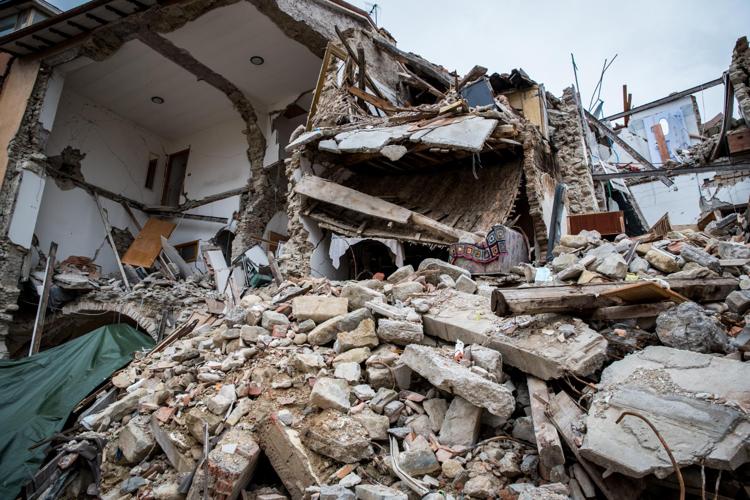
Published: November 19, 2025
Hurricane Melissa is set to trigger a $150 million Jamaica catastrophe bond to help rebuild
Over the past decade, Jamaica has built a multi-layered financial protection system to manage natural disasters. This strategy is now being tested after Hurricane Melissa devastated the island, causing widespread destruction to homes, roads, and infrastructure.
In 2023, Jamaica issued a $150 million USD catastrophe (“cat”) bond, designed to pay out if specific hurricane strength and path conditions are met. According to Florian Steiger, CEO of Icosa Investments, those parameters have been triggered, ensuring a payout that could deliver funds within days.
Beyond the cat bond, Jamaica also participates in a regional insurance pool covering extreme rainfall and tropical storms, and it maintains lines of credit with the World Bank and the Inter-American Development Bank. Together, these mechanisms provide rapid access to funds needed for emergency recovery.
Experts like Conor Meenan from the Centre for Disaster Protection describe Jamaica’s disaster risk financing framework as one of the most comprehensive in the world. Altogether, the Finance Ministry estimates that about $820 million USD is immediately accessible after a disaster—insufficient to cover total damages, but critical for restoring essential services such as transportation, healthcare, and telecommunications quickly.
Jamaica’s proactive approach could serve as a model for other climate-vulnerable nations seeking faster, more resilient recovery from natural catastrophes.
What is a catastrophe bond?
A catastrophe (Cat) bond is a financial security that provides funds to insurance companies only when a specified disaster occurs. Its primary purpose is to transfer disaster-related risks from insurers to investors, who in turn receive higher interest rates than most traditional fixed-income investments, according to Investopedia. If a covered disaster triggers a payout, the insurer may suspend or cancel principal payments to investors.
Cat bonds emerged after 1992, following one of the most challenging periods for the U.S. property and casualty (P&C) insurance industry. Hurricane Andrew—then the costliest hurricane to strike the United States—drove several insurers to the brink of insolvency, prompting the creation of new financial risk-transfer tools like Cat bonds. In 2025, TD Insurance issued a $150 million Cat bond, marking the first of its kind in Canada.
These transactions involving the cat bonds raise a number of regulatory issues. Unlike the US, which has developed specific laws regarding this issue due to cat bonds’ increased popularity, there is no regulation in Canada specifically addressing these issues. However, there are laws and regulations in Canada that are relevant in the context of cat bonds.
Of particular note is Canada’s regulatory regime regarding the granting of capital and reserve credit for reinsurance (or retrocession) with an offshore reinsurer. By way of summary, this involves the use of reinsurance security agreements, funds withheld reinsurance, or letters of credit. This regime can be relevant as cat bond transactions typically involve a sponsor entering into a reinsurance or other financial agreement with an offshore special purpose vehicle.
A key issue in whether capital and reserve credit will be granted is whether there has been effective risk transfer, and a key issue here is that non-indemnity-based transactions give rise to basis risk (i.e., the risk that the compensation received by the sponsor in the event that a loss event occurs will not match the sponsor’s actual losses).
Pro tax tips – tax treatment of cat bond losses in Canada
In Canada, losses from catastrophe bonds are generally treated as capital losses for tax purposes. These losses can be used to offset any CRA capital gains realized in the current year, the three preceding years, or carried forward indefinitely to offset capital gains in future years. They generally cannot be used to reduce other sources of income, such as employment or interest income.
FAQ:
What is a catastrophe bond?
A catastrophe (cat) bond is a financial instrument that allows insurance or reinsurance companies to transfer disaster risks, such as hurricanes or earthquakes, to investors. Investors receive higher interest payments in exchange for the risk that they may lose some or all of their principal if a specified catastrophic event occurs. If no disaster happens, the investors get their full investment back at the end of the bond’s term.
What is the tax treatment of cat bond losses in Canada?
In general, losses from catastrophe bonds are treated as capital losses for tax purposes, which can be carried back 3 years and forward indefinitely.
Disclaimer: This article just provides broad information. It is only up to date as of the posting date. It has not been updated and may be out of date. It does not give legal advice and should not be relied on. Every tax scenario is unique to its circumstances and will differ from the instances described in the article. If you have specific legal questions, you should seek the advice of a Canadian tax lawyer.






